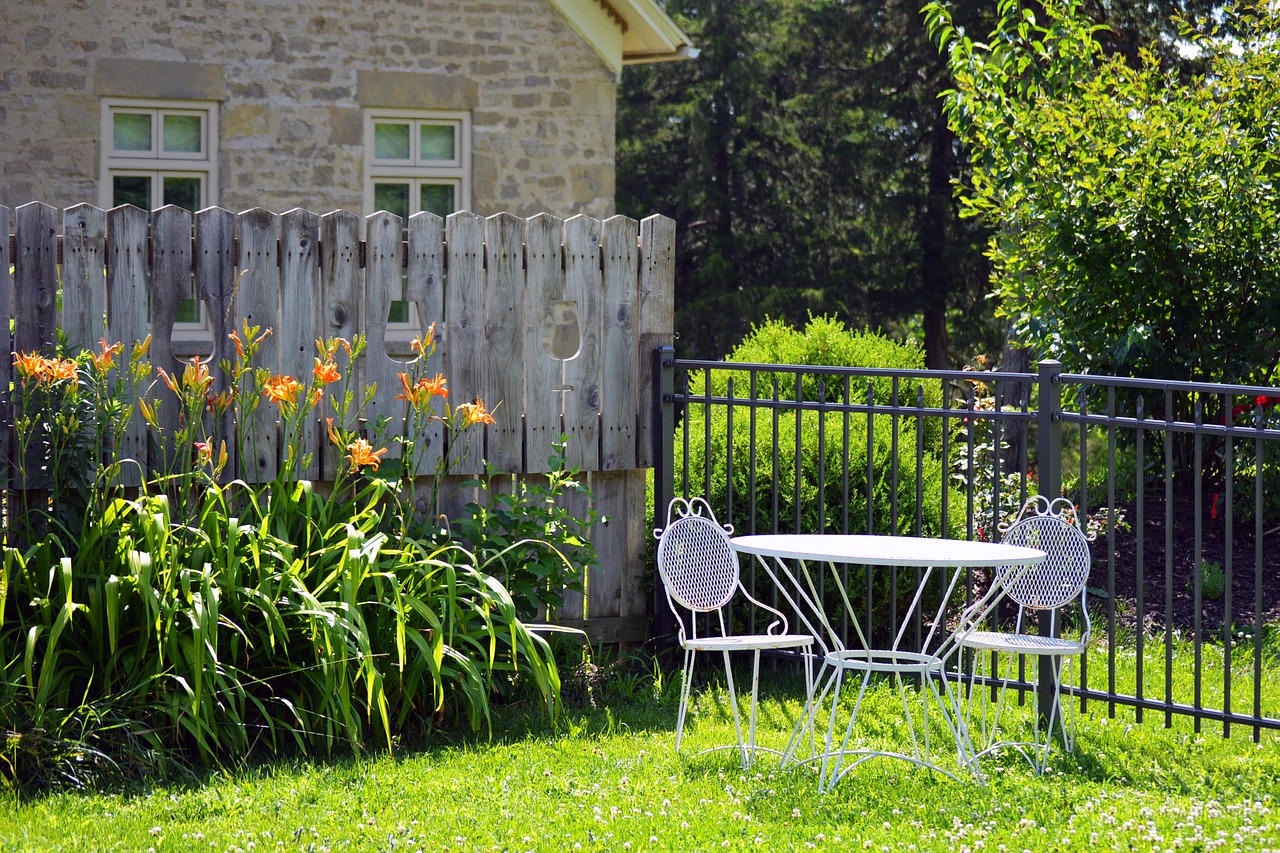The green movement has made its way into practically every aspect of our lives. And while it was about time we started giving back to our environment instead of just taking everything we can from it, many of us still don’t quite fully grasp the concept of eco-friendliness.
So, if you’ve already embraced the green movement in your home and started reshaping your lifestyle habits to match it, it is time to translate the same vibe throughout your yard as well. On the other hand, if you’re not quite sure how you can achieve this, we’ve prepared an easy-to-follow guide to help you out. Check it out.
Reuse everything you can
A true eco-garden is full of reused and recycled items and materials. One of the key points of the green movement is preventing the unnecessary trash cumulation and you can do that by choosing to offer new life to seemingly unusable things. For instance, instead of throwing out your old car tires, thus contributing to landfills and hurting our planet, you can reuse them. Making garden furniture pieces out of old tires is an extremely fun project you can do with your family.

Choose the right materials
If you’re adding any type of structure to your yard, be it a patio, gazebo or a pergola, you need to make sure that the materials used are green all the way. But what are green materials? Green materials are all the materials that are produced locally in a sustainable way. Therefore, choosing such materials is not only considered more eco-friendly, but they have the ability to provide your garden with a sense of place by linking it to the local surroundings. Finally, if you want to add some style to your garden, consider covering your patio with practical commercial shade sails to create a perfect getaway for yourself and your family whenever the sun is too strong.
Go for native plants
If you still need to “green up” your garden (both figuratively and literally) you should opt for native plants. Instead of filling your garden with various exotic plant life that requires constant, complicated maintenance, add as many native plants as you can. Not only are these already used to the local weather, soil and water conditions but, by adding them to your garden, you’ll also be providing the small local wildlife (like birds and insects) with additional food and shelter. Additionally, try leaving a small portion of your garden messy (nature likes it that way) and fill it with cut off tree branches and dead leaves. This will provide you with an excellent (and all natural) enrichment for your garden.

Avoid wasting water
It’s important to mention that a garden that requires a lot of water to thrive cannot quite be considered a green garden. Furthermore, you should also try to conserve water as much as you can by installing a butt on every downpipe and collecting rainwater you can later use to water your lawn and plants. Additionally, instead of covering your lawn with needy grass, you can opt for ground covers, such as bugle herb or Irish moss, that are much easier to maintain.
Add porous paving
Instead of opting for concrete or tile paving, you should consider the more permeable solutions. The number one reason behind this is the fact that water run-off from gardens covered in concrete contributes to creating localized flooding which can seriously endanger the local wildlife. Here, you can think in terms of crunchy gravel, slate chippings or basically anything else that allows water to run through. Also, you can, for example, place old glass bottles in pre-dug holes – placing them a few inches apart – and create a beautiful pathway. See? Reusing!
As you can see, creating a true eco-garden is not at all difficult once you familiarize yourself with all the materials and plants you can use. It all really boils down to making an effort to work with the nature instead of against it.
